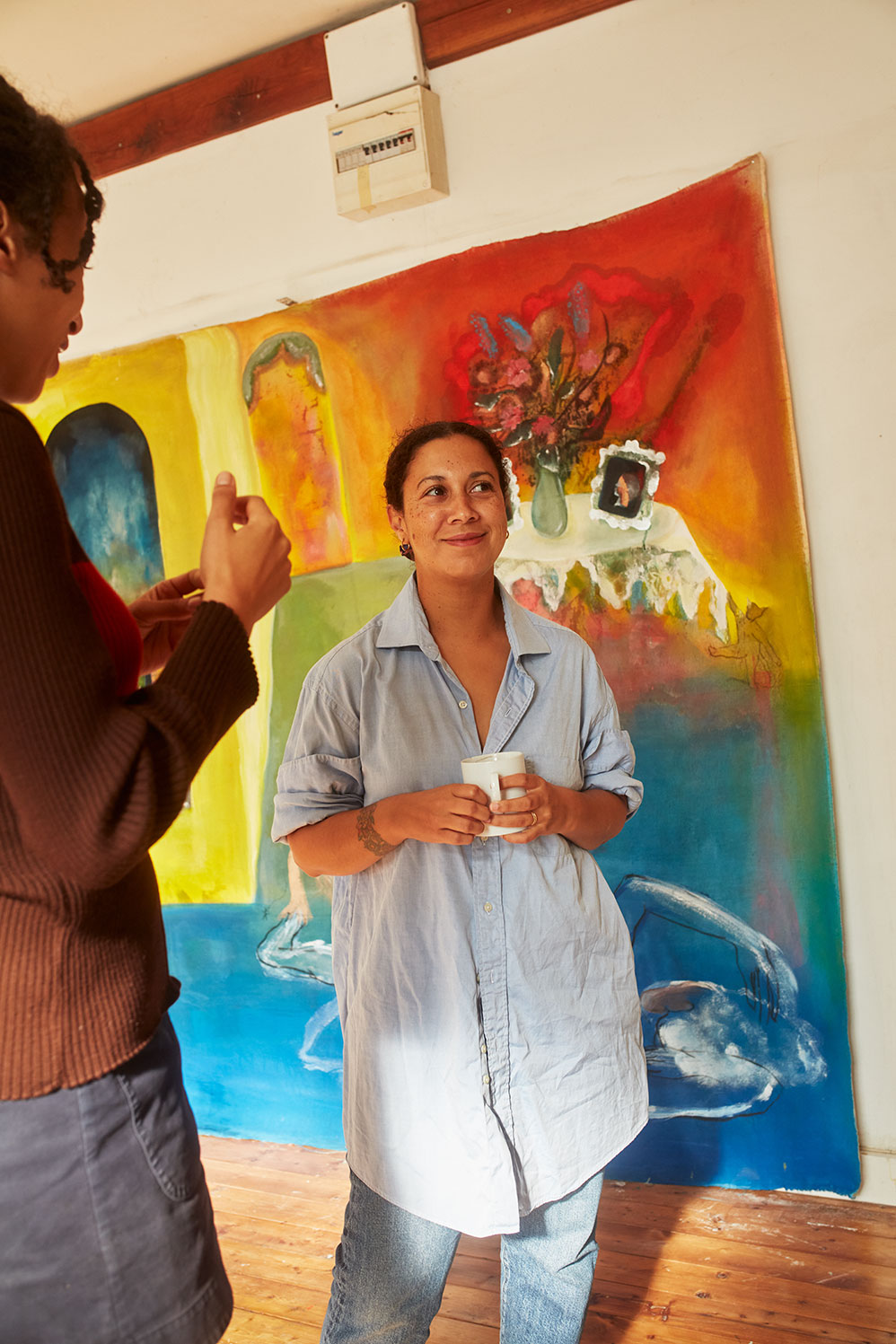Determined to generate critical conversations between cultures, the Paris-based curator discusses the benefits of flexible spaces, the challenges of working motherhood, and wholeheartedly embracing a slow approach.
Noelia Portela founded the curatorial non-profit Persona Curada in 2017 and established it in the French capital in 2018. Through this project, the peripatetic curator has been proposing alternative ways of collaborating with, and focusing on, a new generation of Latin American artists. The modular format of the project—itinerant, experimental—allows Noelia to grow her network gradually while staying creatively versatile. With Persona Curada, Noelia faces the challenge of how to foster exchange between artists from the Latin American diaspora and those anchored in the traditional Parisian landscape.
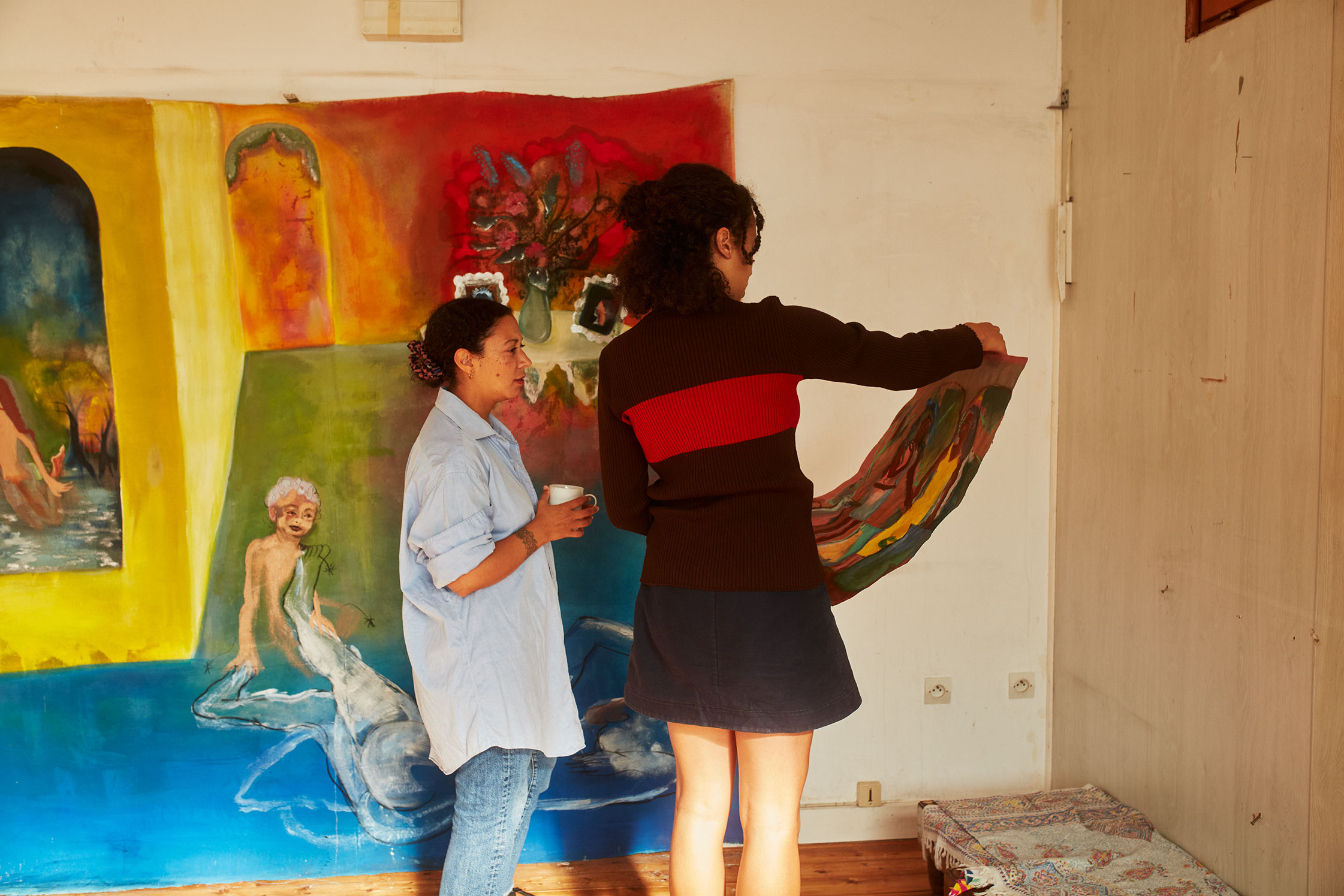
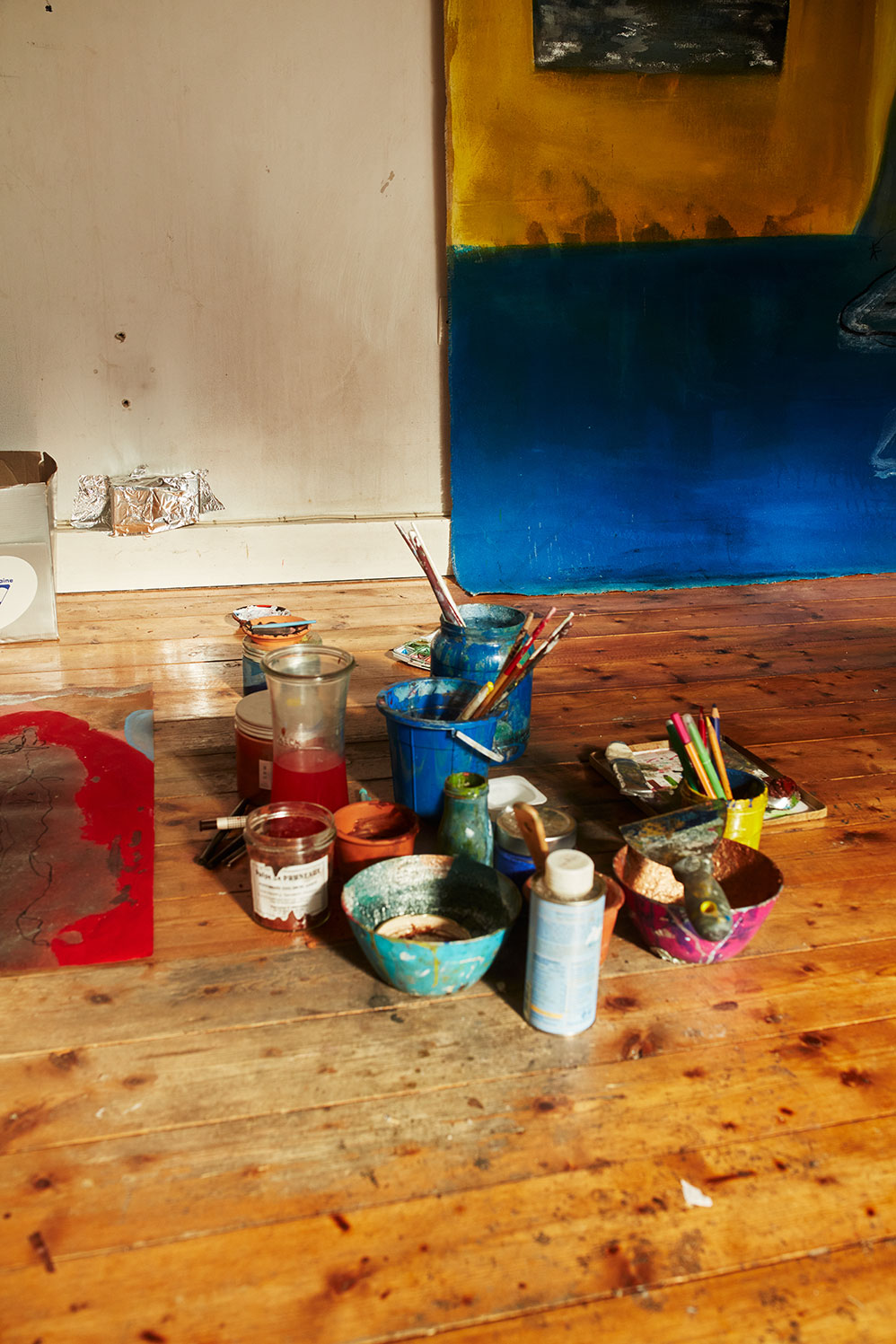
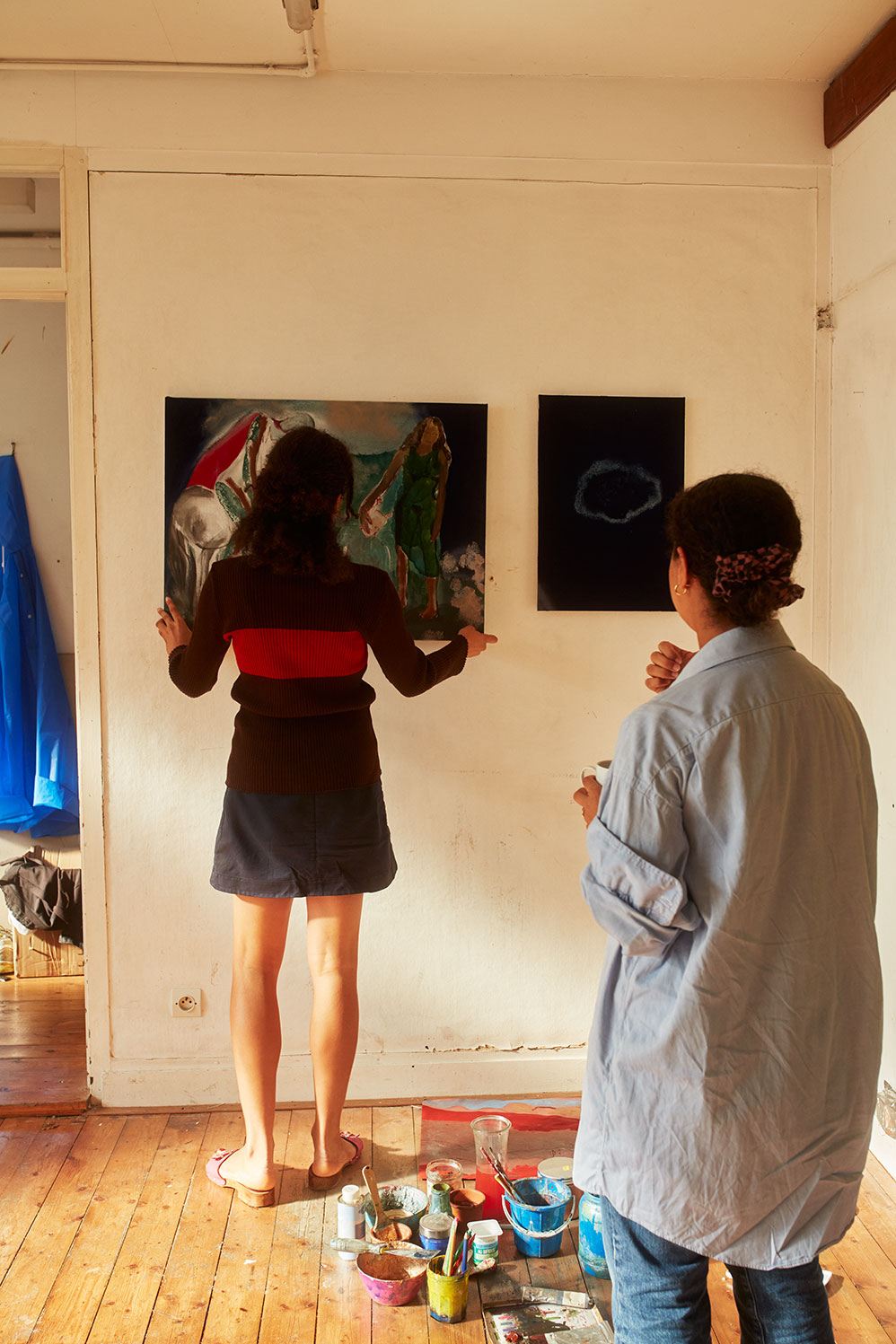
-
Could you map out, in your own words, some of the highlights of your trajectory?
I grew up in Uruguay. Everybody was going to Europe and I didn’t want to do that at the time. I got a one-year working holiday visa for New Zealand and decided to stay and return to my studies. I was doing political science—but I always went to galleries, and had an interest in art museums. I then did a degree in cultural and conceptual design. I wanted to do Latin American contemporary art, but New Zealand is concentrated on its own de-colonial conversation and wasn’t looking towards Latin America. I went to London, then Berlin, then Paris, where Persona Curada started to develop. The conversations I was having made me realize the potential in Europe. We did a ‘pilot’ exhibition in Leipzig; after that, we did the first exhibition in Paris.
-
What were you establishing in the pilot show? What was fundamental to you?
One of the things was to gather friends. All these artists seemed a bit lost in a new country with a new language; the art ecosystem works according to who you know. When you come from another place, it’s very hard to get into these cliques. The first thing that I wanted to tackle was to try to be the community that gathered artists, to be a place of reference regarding Latin American contemporary art outside the continent. I had this idea of a gallery that existed continuously, without a proper physical space. I wanted to create a conversation… there’s no point if we are just Latin American artists talking to ourselves, you know? There needs to be a critical conversation between the two cultures. So how do I do that? By collaborating with already-established people. I bring what I’m doing—curating artists with my vision—into their space.
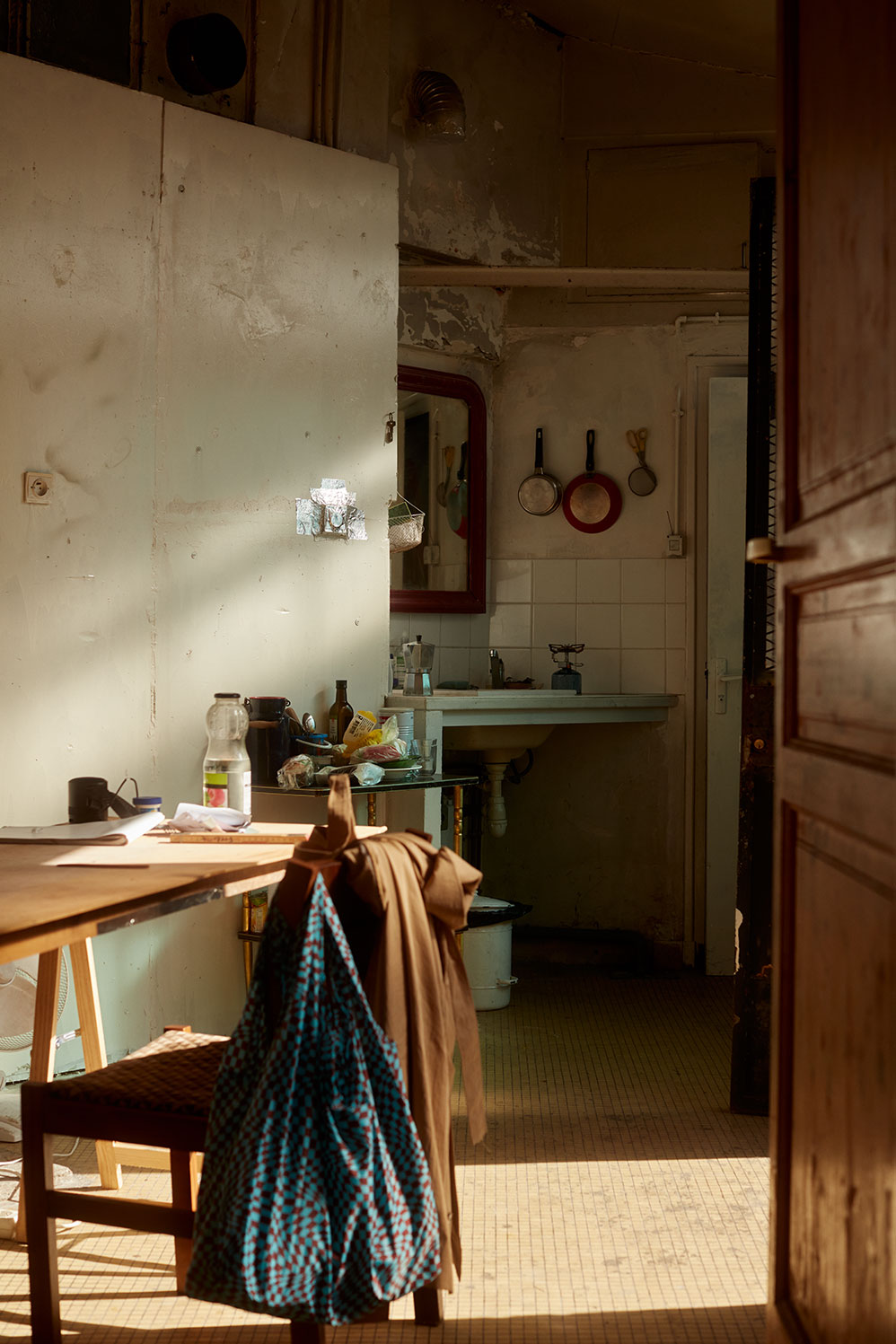
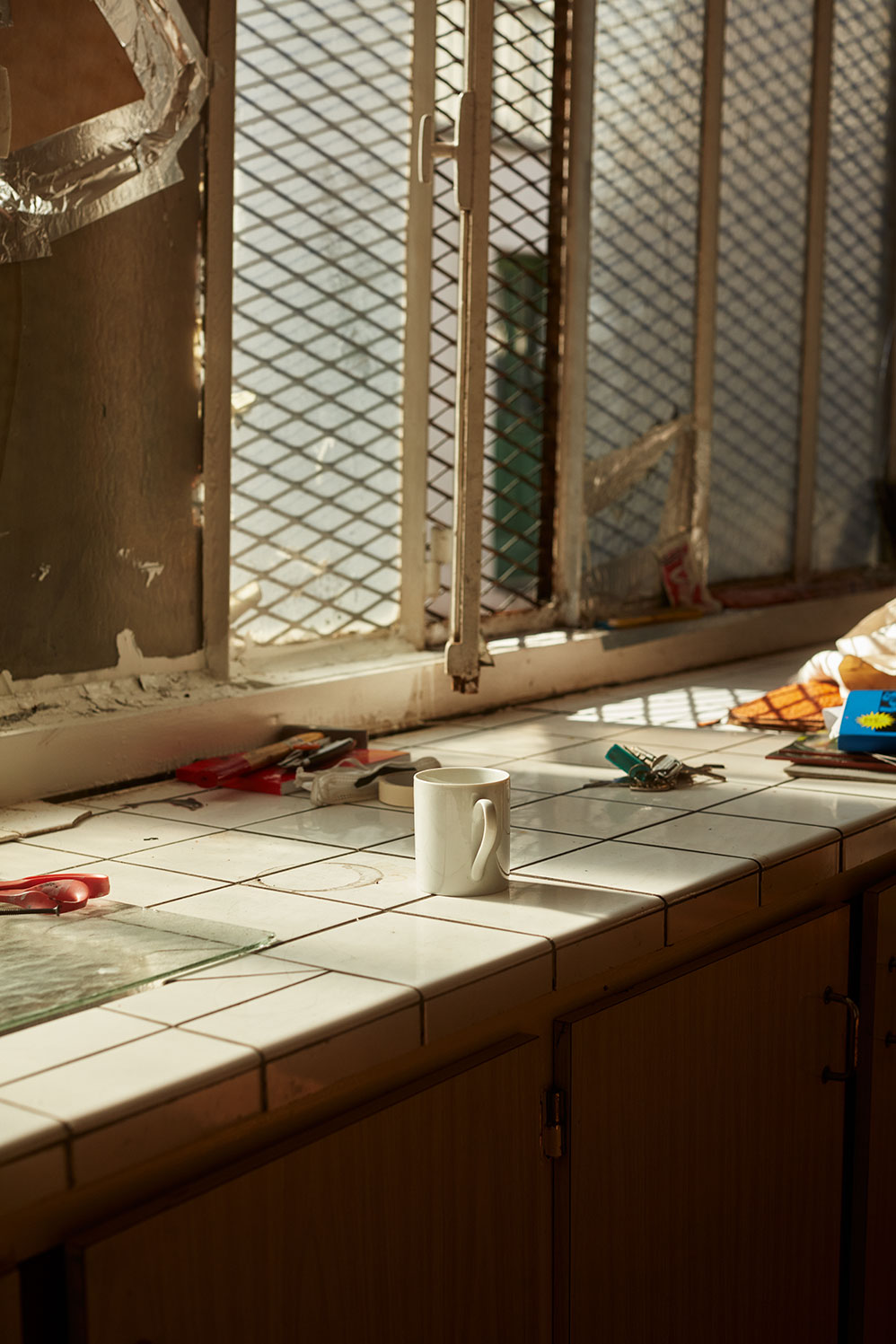
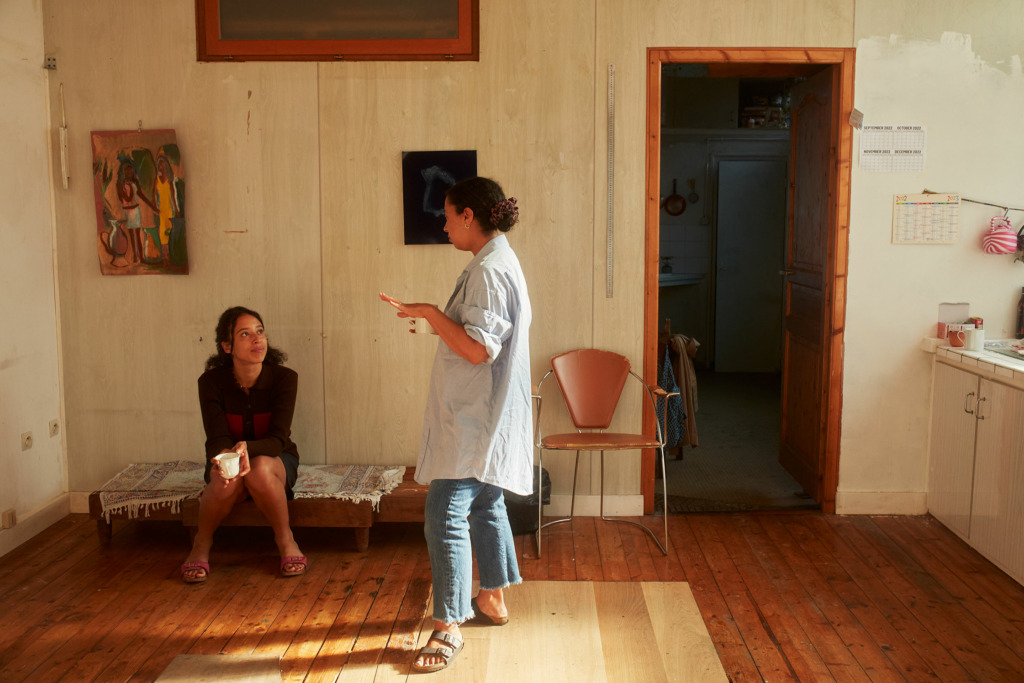
For Noelia, art is inherently political. “You can’t always grasp it when you first see something, but when you talk to the artist, you realize the way they conceive the work is super charged.”
“When you come from another place, it’s very hard to get into these cliques. The first thing that I wanted to tackle was to try to be the community that gathered artists, a place of reference regarding Latin American art.”
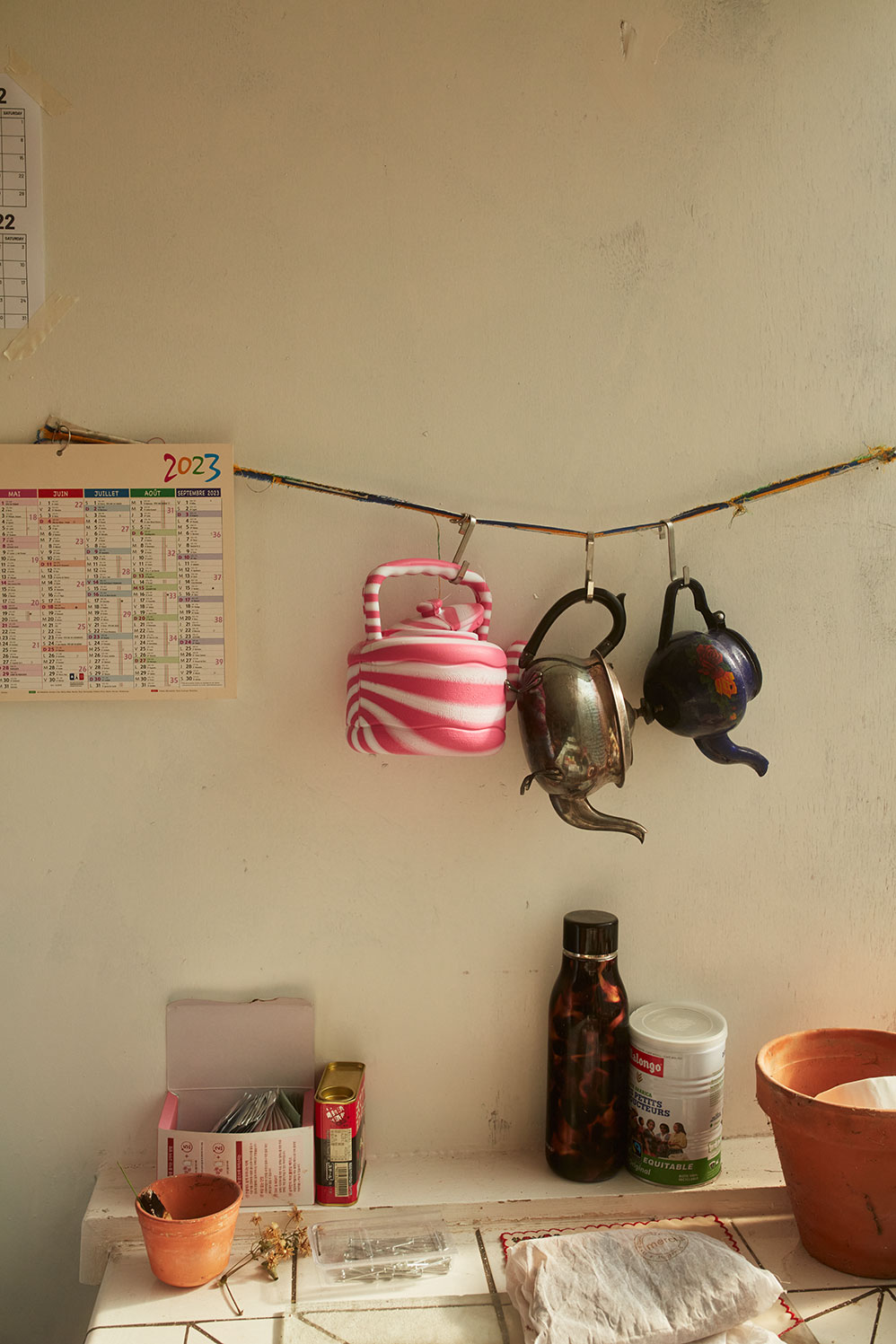
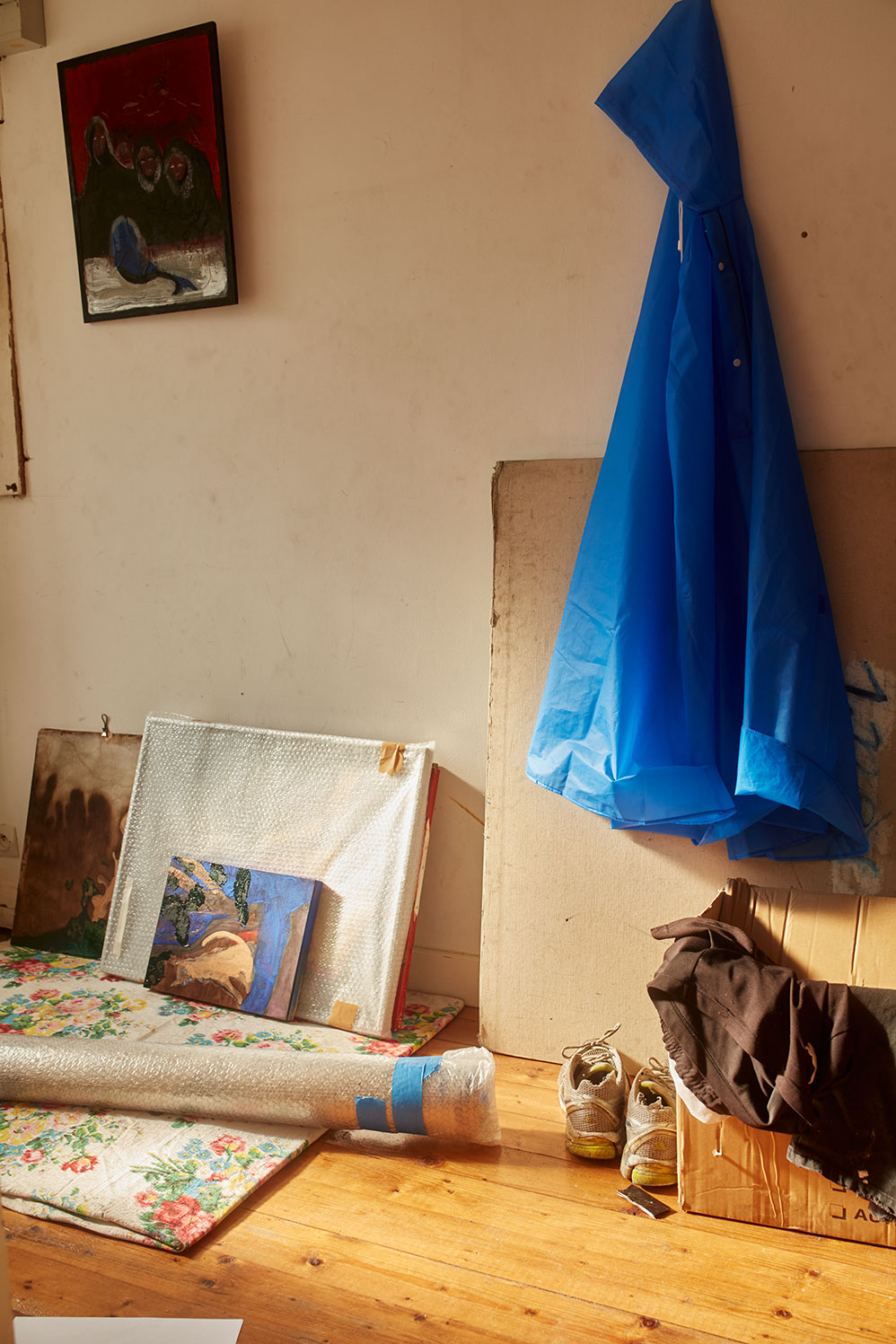
-
The Paris scene has engagé artists addressing postcolonial realities and diaspora, but France can be quite a conservative backdrop. How is this a good setting—and also a tricky setting?
I was recently reading an article in The New York Times about how amazing the emerging scene is and how things are changing. I think it’s partly true, but also not so much. If you move to Paris with a full wallet, of course it’s a great city. But it’s not the reality for everybody: it’s not the reality for minorities. The galleries in the article were mostly run by white men; there was only one woman.
At the same time, there are people doing the work—French artists, Caribbean artists, Latin American artists. I think things are shaping, moving. But postcolonial conversations have been happening in other cities for decades. If you look at London, at New York… it is still very on the surface in France. And it’s strange because it’s a country that has such a strong colonial past—and present. It’s not an issue that’s over; it still exists. The city has this weird energy where things can happen while still being conservative.
-
Is it a commitment, on your part, to participate in Paris as a way of pushing things forward?
Yes; yes, definitely. As minorities here, we speak with an accent, and there are many, many obstacles because of that—you’re not addressed the same way at all. So you can see that in the work. I found the aesthetics between French and Latin American artists very similar, formally speaking. But Latin American narratives are very specific about colonial issues, social issues, racial issues, and intersectional feminism.
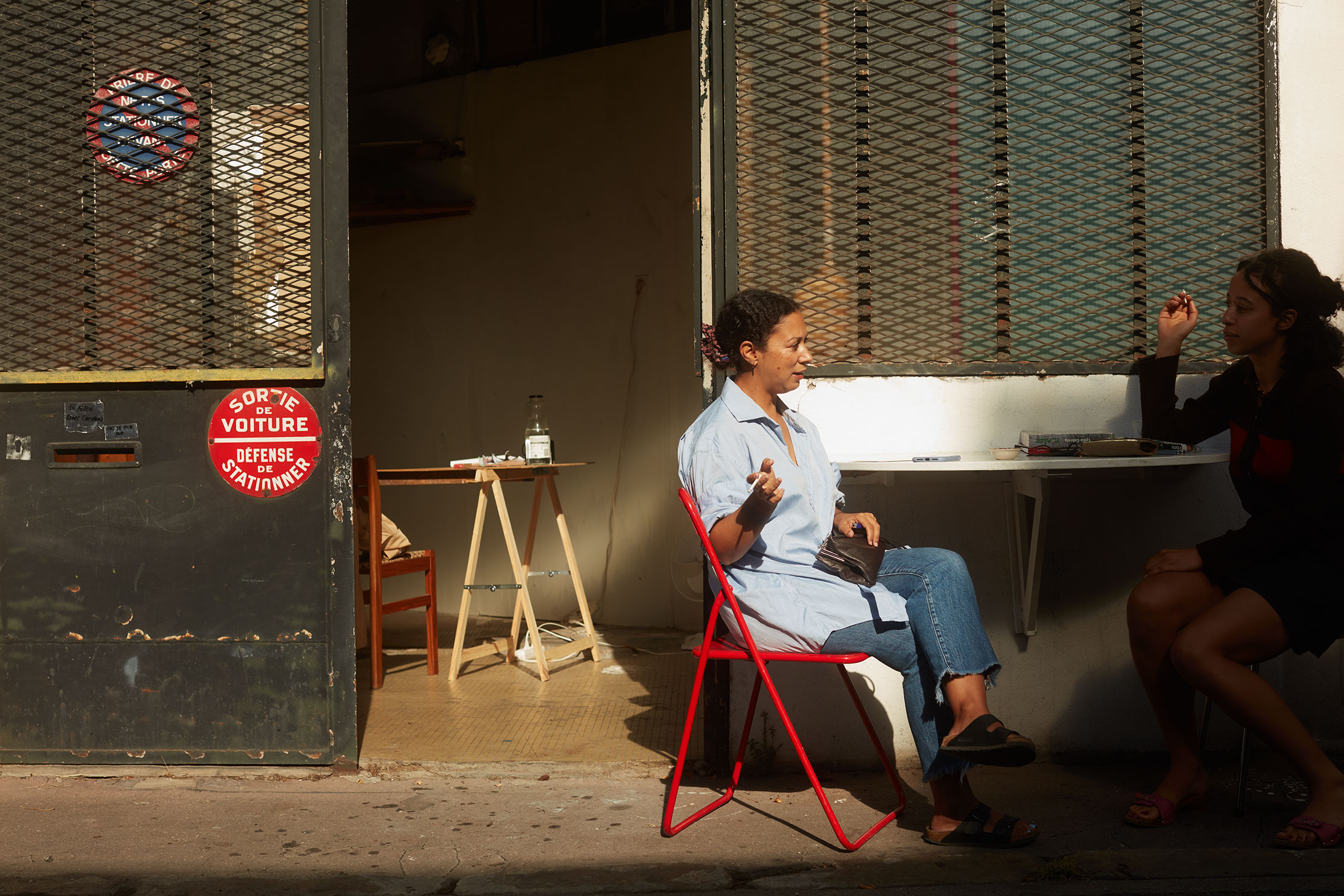
-
What are you working on right now?
Persona Curada’s five-year anniversary is on September 24th. At Le Consulat, a space in the 11th arrondissement, we’re putting together an accrochage d’anniversaire, to get funds for the following years to come, because Persona Curada is a not-for-profit. We fund the projects ourselves, so we need support, and this is a great excuse to get together to celebrate. We’re going to organize either a silent auction or an online one: it depends on the arrivals because we have people sending work from Mexico, from Brazil…. It’s going to be a super lovely event to commemorate five years. There will be people who showed work or people who have done digital ‘takeovers,’ to create a dynamic conversation between Europe and Latin America. Even before the pandemic, I would give over the Instagram account to one artist in Latin America to post and do stories and whatever they please. The first artist was Sebastián Calfuqueo. He was just at Palais de Tokyo, in the show Réclamer la terre [Reclaim the Earth].
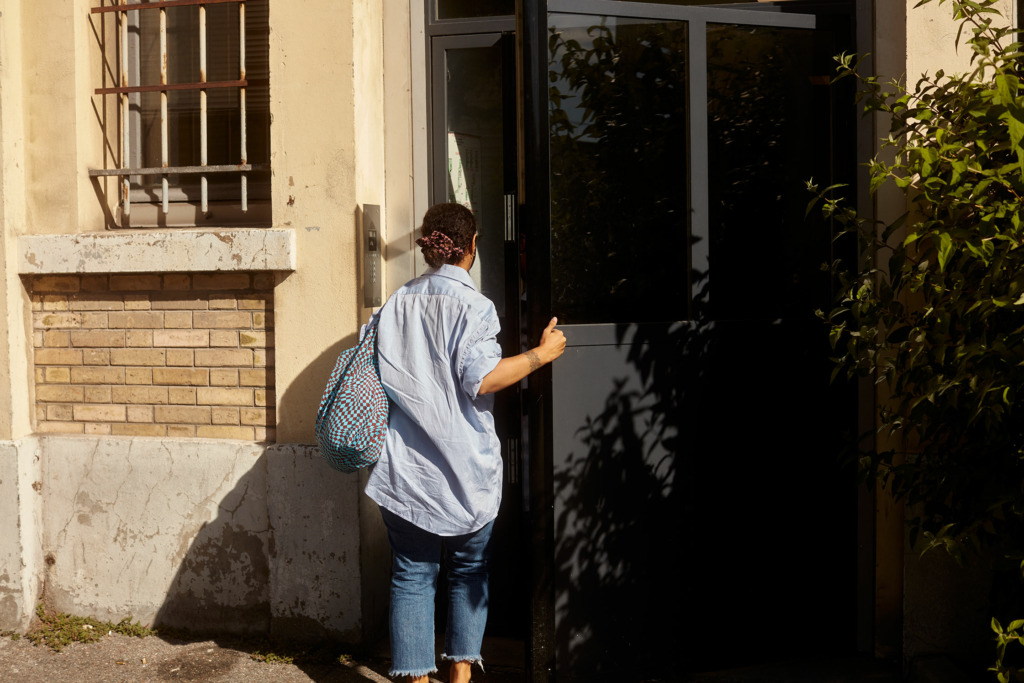
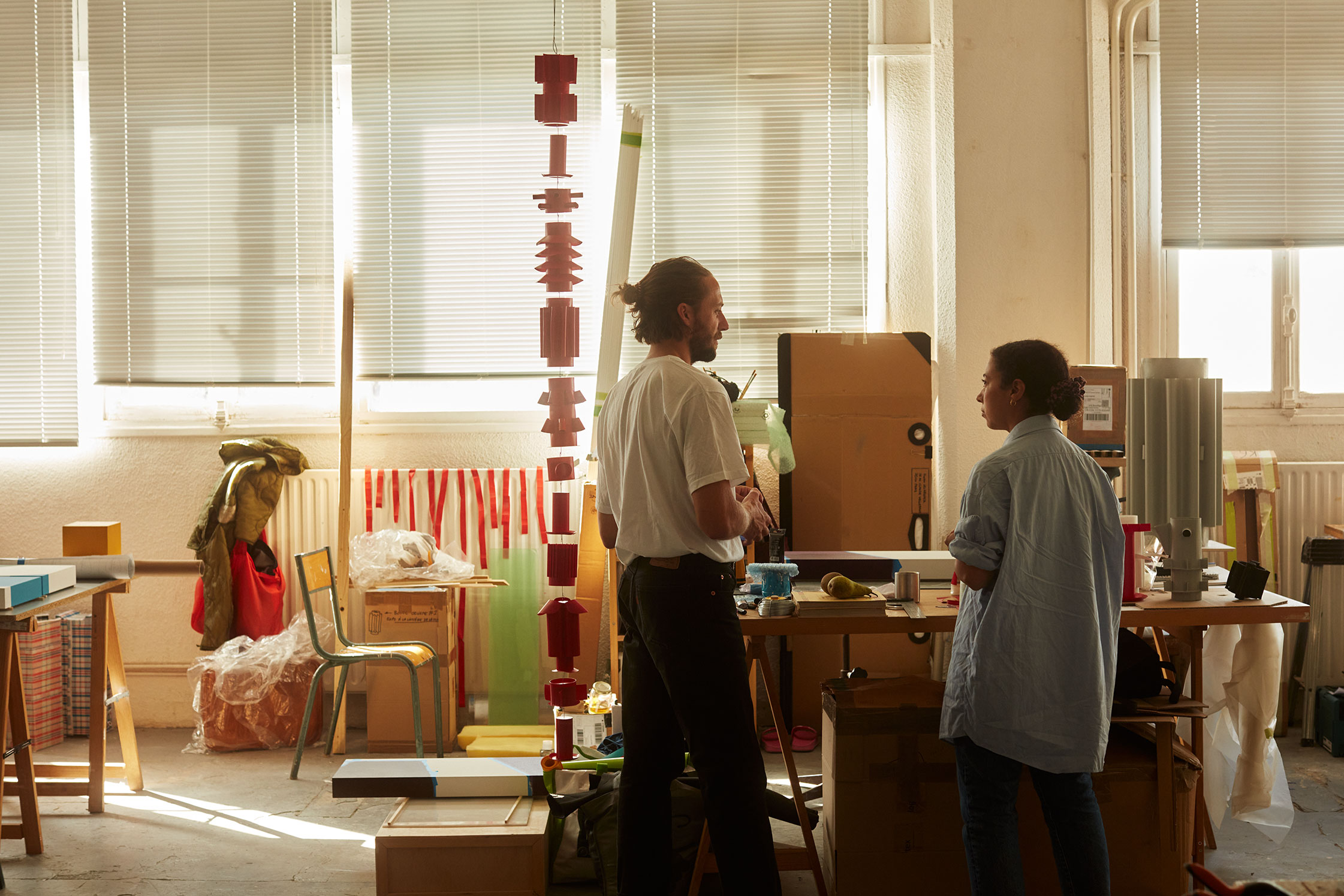
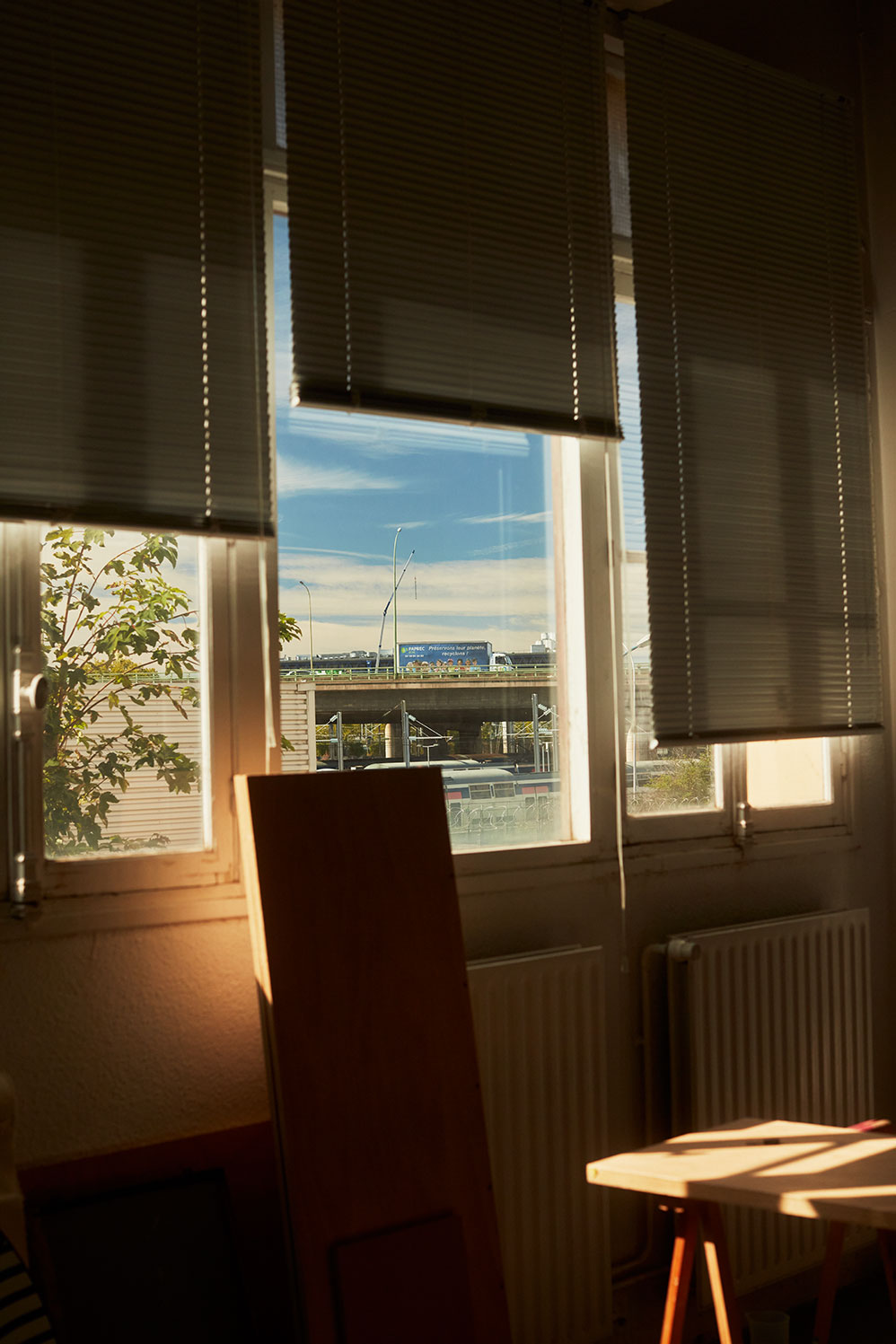
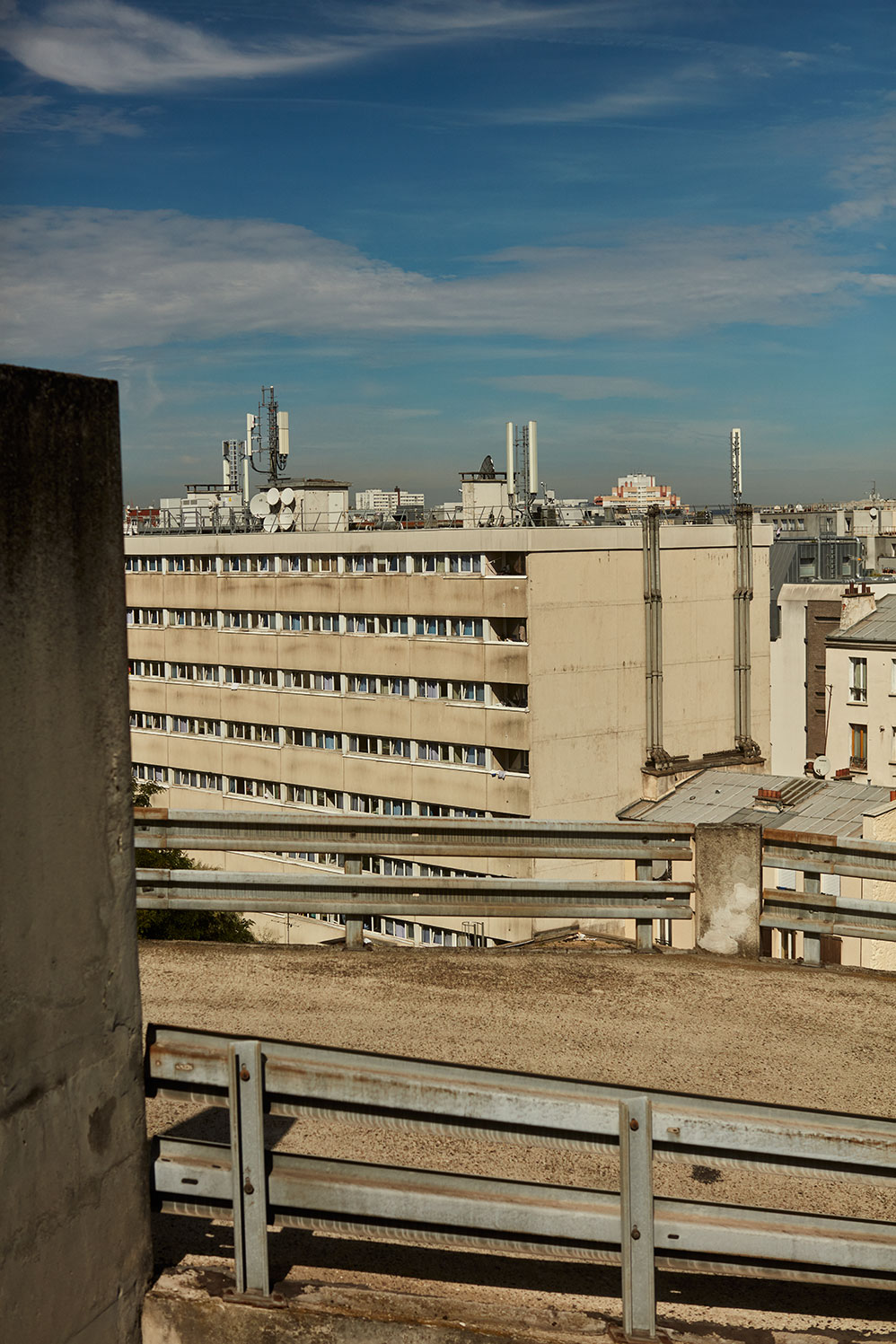
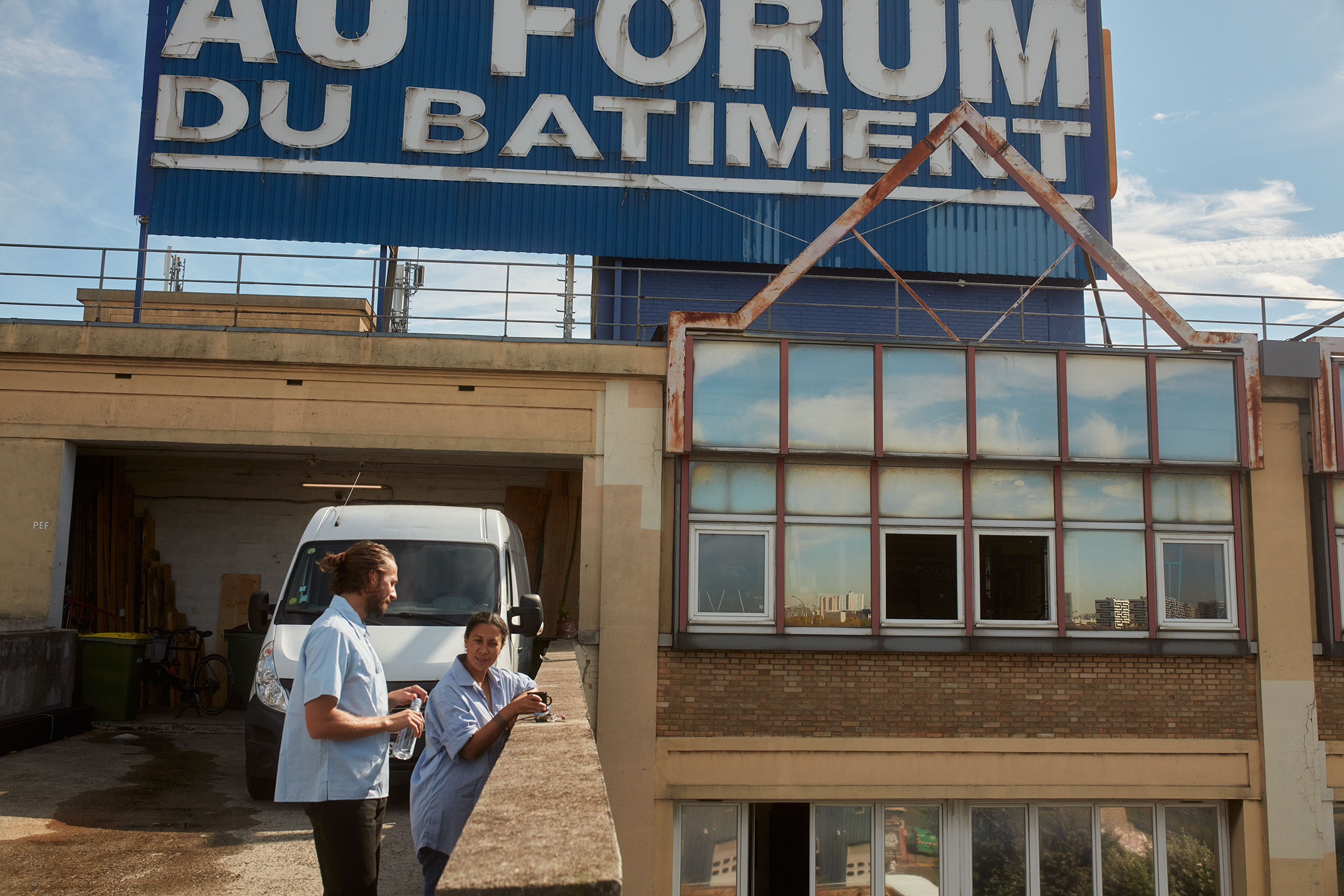
“Our network is not huge, because I take a lot of time with each artist in order for these conversations to grow. That’s why Persona Curada is a curatorial and research project, because we really follow people’s work.”
-
Is the idea for Persona Curada to always stay itinerant? Do you hope to eventually have a space—or is that really not part of the thinking?
That’s a good question. I mean, obviously, having a space will help the process, because part of putting together an exhibition is having a relationship with a space in order for the idea to develop further. The artists’ staging has to be very, very responsive and adaptable with where we go. So, sometimes I dream about the possibility of having a space.
But if we have a space, we won’t have this side of getting together over coffee and negotiating how each part works… so sometimes I’m reluctant. It will really make what we are now totally different. It’s never like: Here are the keys! It has to be right and interesting for both sides, for things that we want to achieve with our projects.
-
What about the pragmatic side of independent curation? What is the day-to-day like?
It’s responding to emails, lots of reading and research, and developing relationships with artists. Our network is not huge, because I take a lot of time with each artist in order for these conversations to grow. That’s why Persona Curada is a curatorial and research project, because we really follow people’s work.
-
You’re nurturing these relationships.
Exactly: going to their exhibitions, sitting in their studios, having conversations regularly, really getting into the thinking and learning about what they want to be portrayed. It takes time. On the other hand, there’s the practical side with collaborators, the people who are going to host us. Plus: writing, spreadsheets, newsletters, communication, and social media—a huge tool for contemporary art.
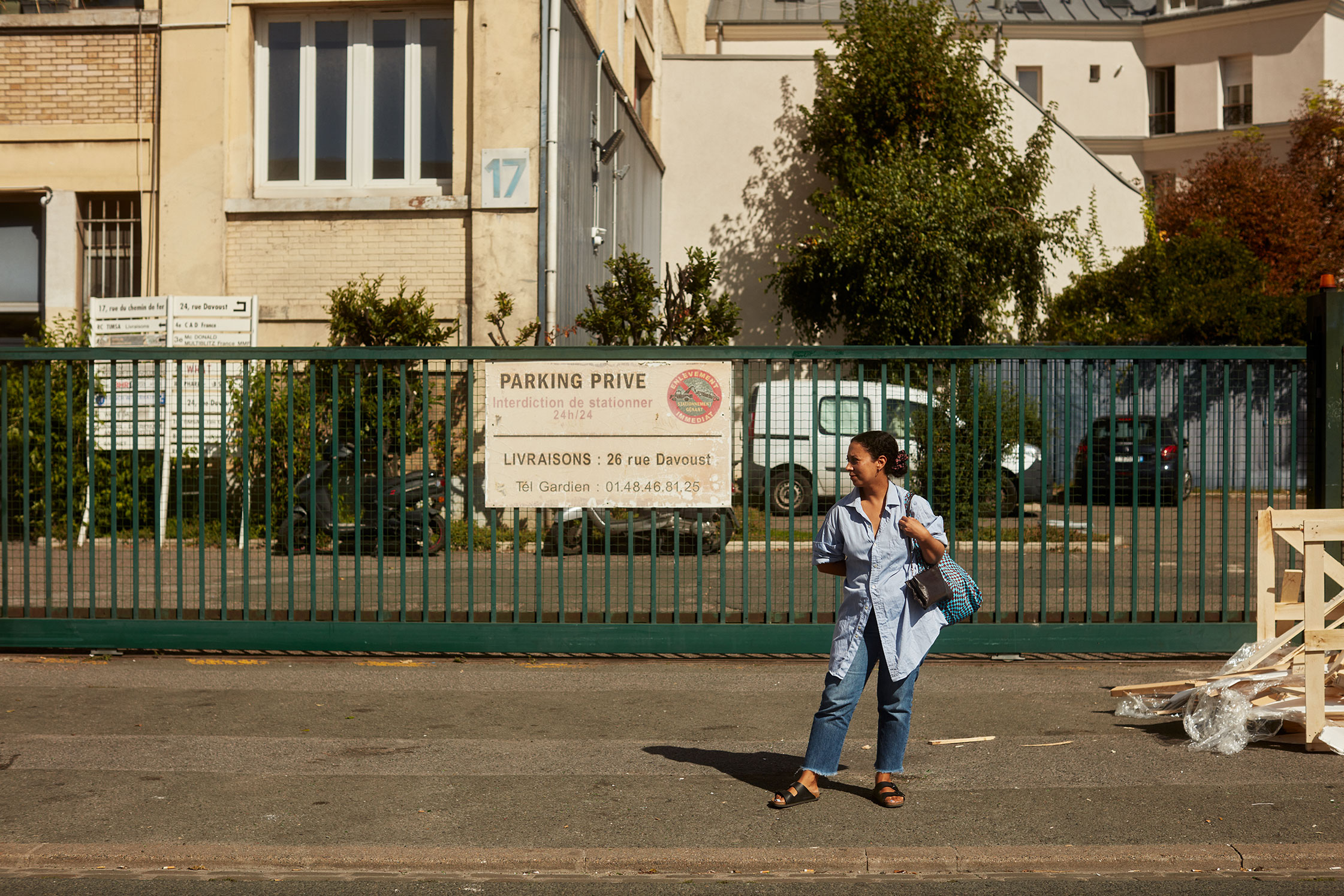
-
How have your duties shifted over time?
Recently I’ve had to involve more people because I had a baby: he’s gonna be 17 months in September. I’ve always had collaborators, but in the last two years, I delegated to people with their own skills and interests. In the art world, things happen at night: all the vernissages and talks… everything happens at like 6 pm-7 pm. But after having a baby, I cannot do that as much as I want to. It’s interesting because… Of course, there are mothers who are curators and artists, it’s not a “boys club” anymore—but there are vestiges. It’s a huge topic, the problem of motherhood and how to coexist with the art world.
-
Right—how to participate in the scene, but remain a present parent.
And to have support! My social life became my husband, my baby, and maybe one or two friends. Before the baby, I had loads of friends, who go out all the time to vernissages. After a baby, everything went up in smoke. Another project I’m developing is talking to different people who have kids. With an artist friend, we want to do a support group and a place where people can find resources.
I had an interview for a job, and I was this close to getting it. When I mentioned I had a baby, it completely changed the tone of the interview. They were like, ‘Well, maybe it’s not the right position for you, because we really need someone available all the time, even at night.’ I left feeling a bit sad, and then I realized, ‘Wait a minute, that was discrimination’. You’re afraid to talk about it because the art world is so small. We want to do something where people can voice these experiences, so these things don’t happen to others.
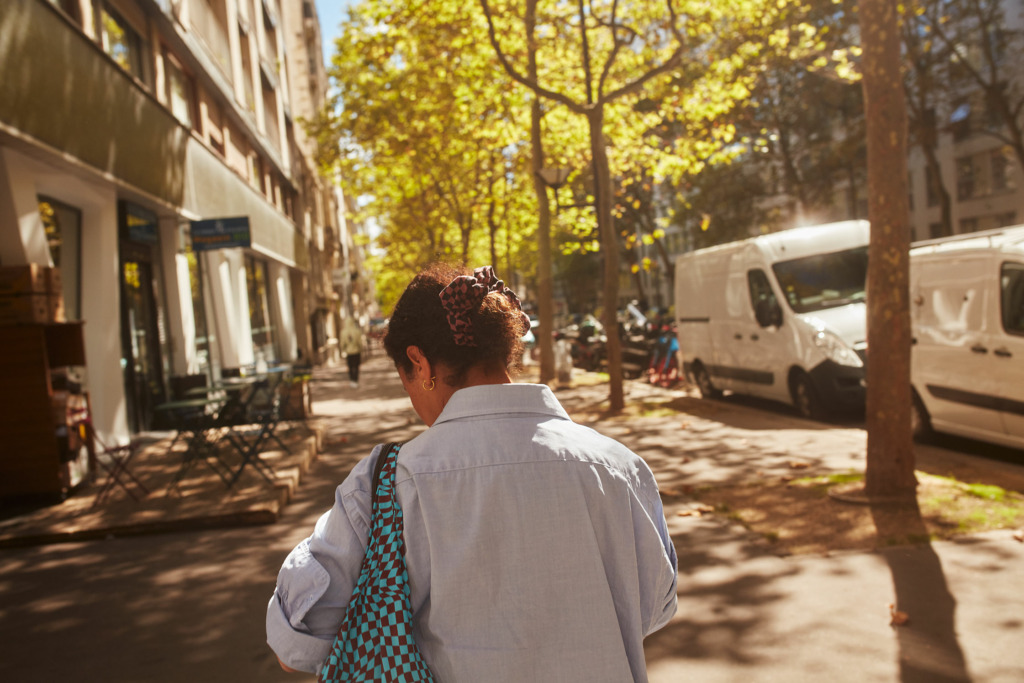
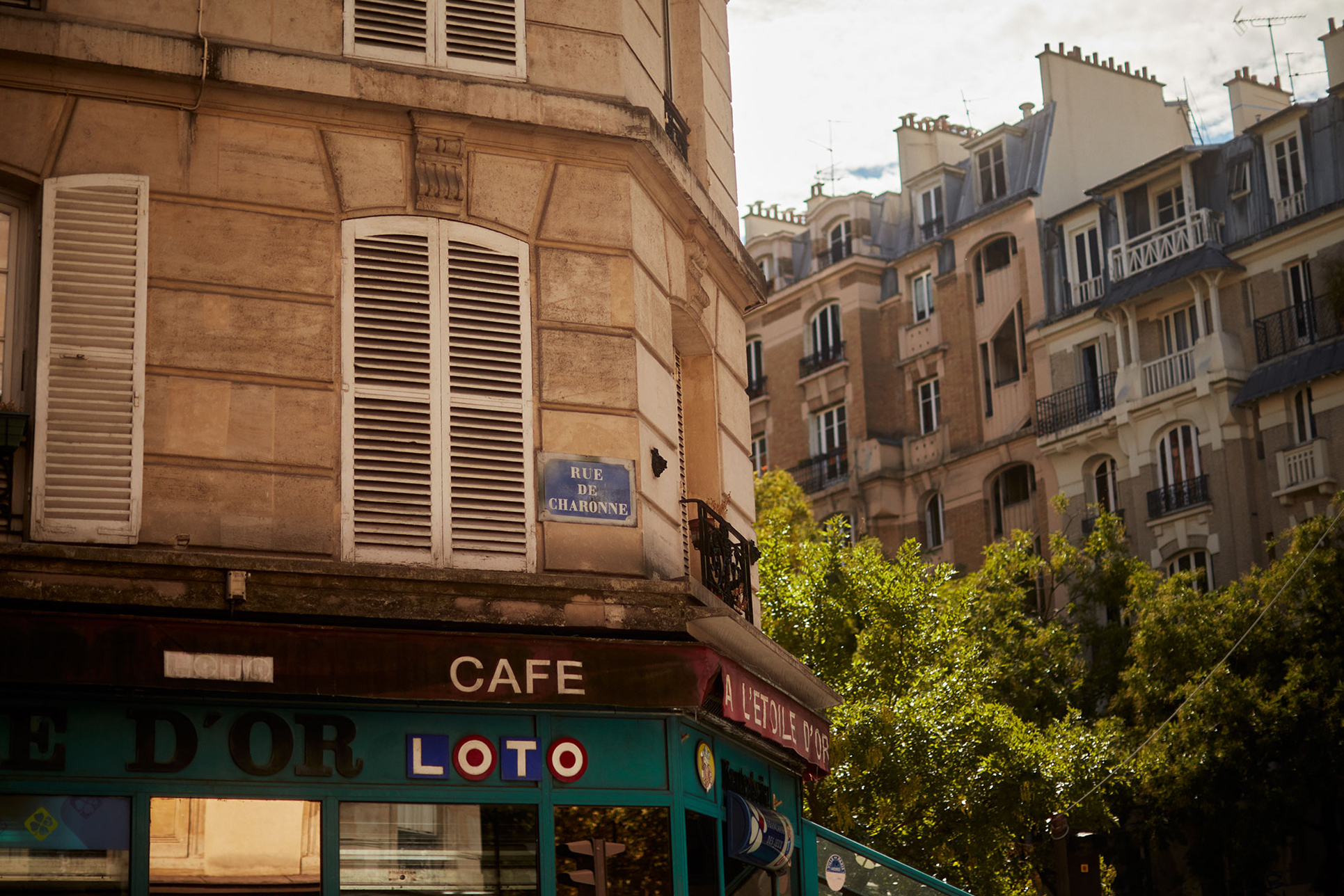
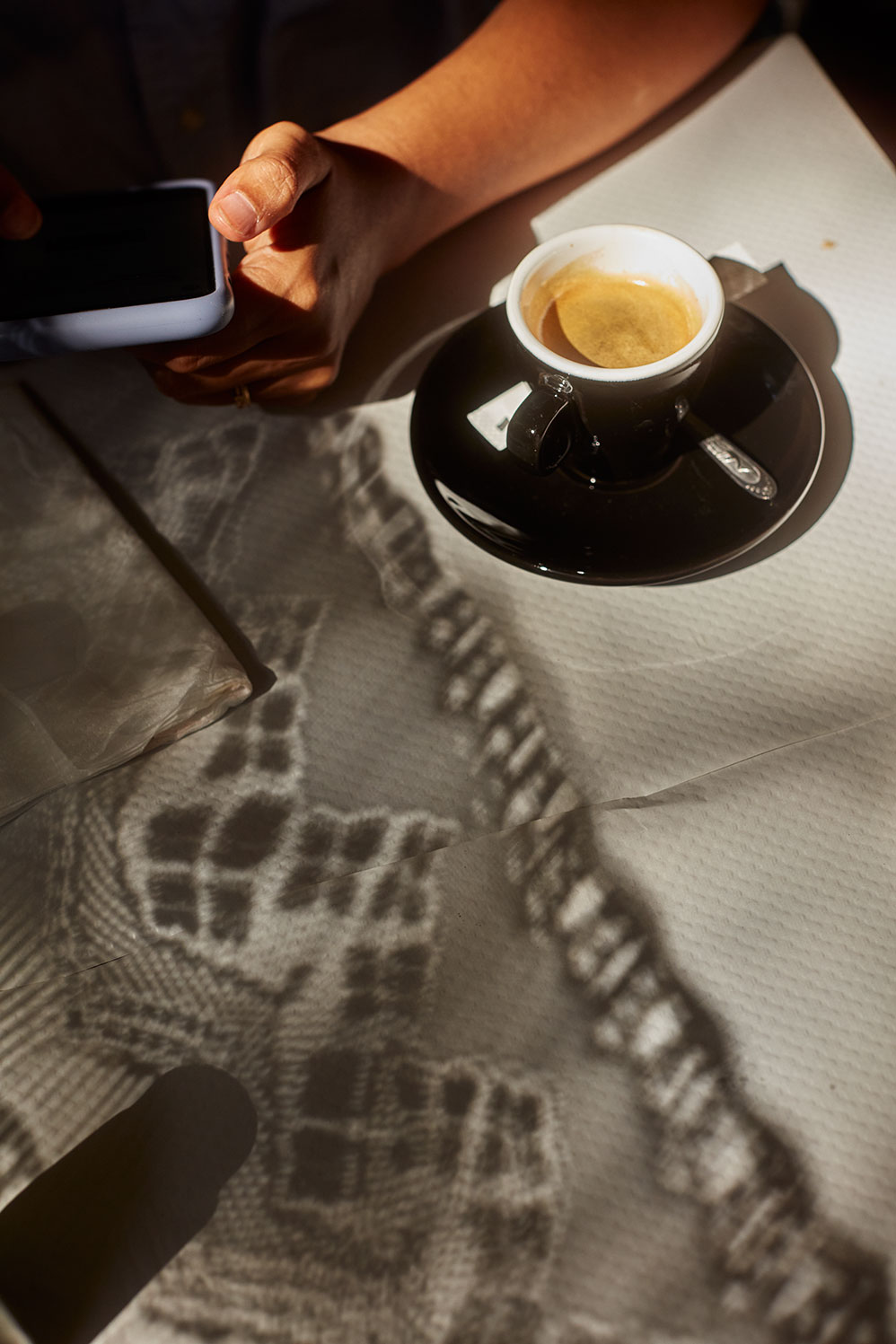
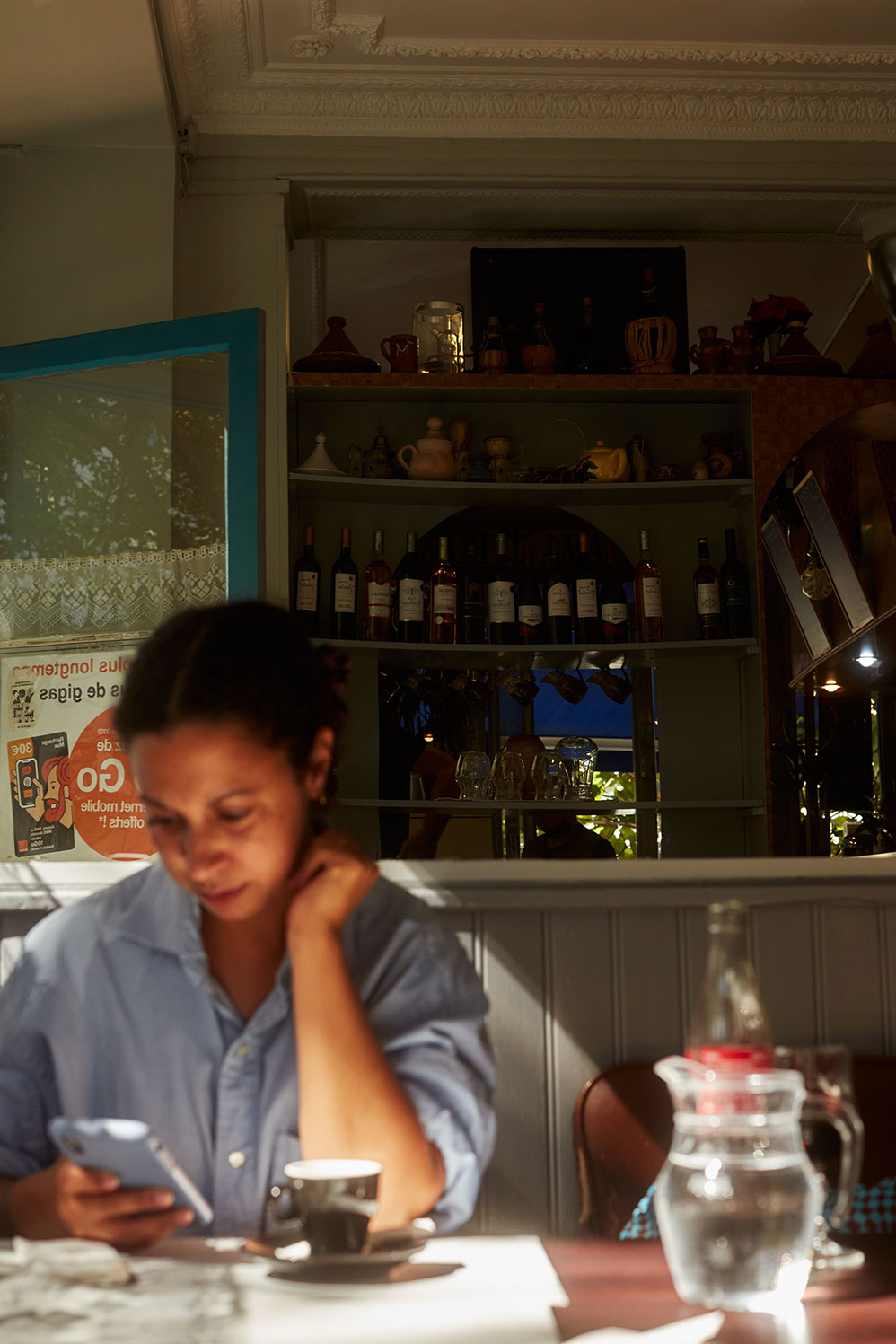
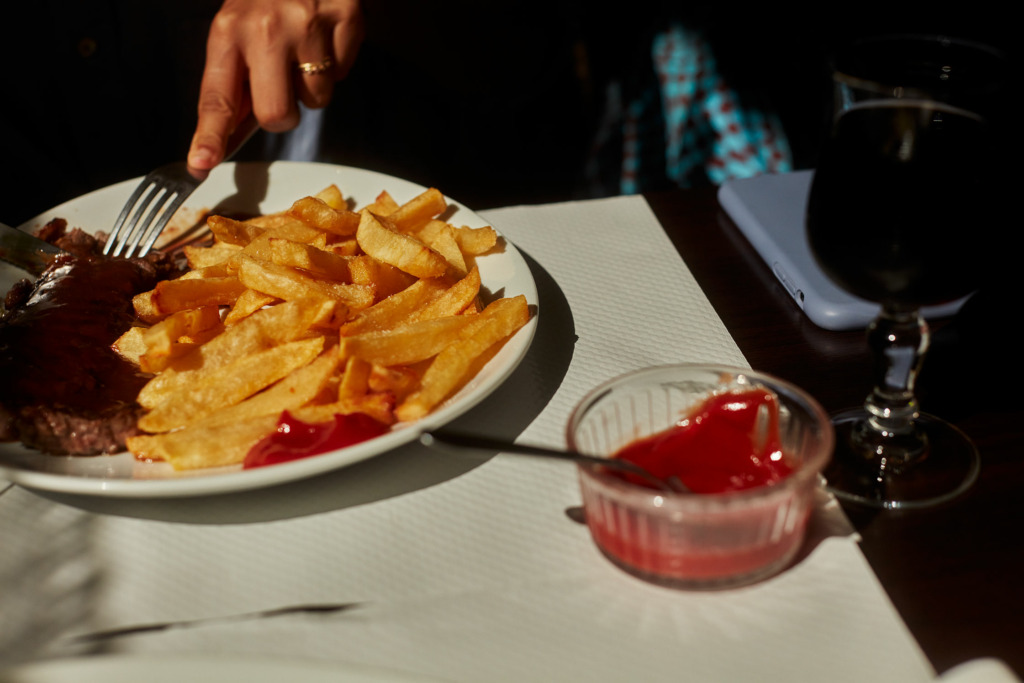
-
This is a larger problem too: expecting people to be available all the time. You have to always be reactive, otherwise, there’s this threat of interchangeability.
Yes. After the anniversary party, Persona Curada is shaping itself into a slower approach. We always talk about radical care, and how to look after each other; we talk about very personal issues within the exhibitions. Have we actually achieved these things? This is my goal in the next year, or couple of years—because, as a not-for-profit, we don’t really know the longevity of the project, so I can’t really tell you in five years, or ten years…
-
Anyone who says that they know what will happen in five or ten years after having gone through a pandemic…
Exactly. And we don’t have the resources to really look into the future.
-
One year ahead is good!
Yeah, we want to really tackle these narratives purposefully, taking the time to have critical conversations, to really follow the work of specific groups. That’s why last year we launched Mangrovité, our editorial section. We will produce maybe one or two texts a year about art in the Caribbean: a conversation between the Spanish-speaking, English-speaking, and the French-speaking Caribbean islands. We’re shifting into more theory.
Noelia Portela is a Paris-based curator and researcher. She is the founder of Persona Curada, an itinerant curatorial platform looking to generate conversations and connections between emergent Latin American artists and the contemporary French art scene.
If you are in Paris, make sure to celebrate Persona Curada’s fifth anniversary on September 24th at The Consulat.
Interview and text: Sarah Moroz
Photography: Wendy Huynh
